Top Photo: Larva of unknown insect on fence at Red Wolf Enclosure.
I was at the red wolf enclosure when I noticed a couple of summer campers intently watching an insect crawling along the wire fence which keeps the wolves in and the people out of the enclosure. I felt the need to investigate.
The insect was about 3/8” to 1/2” and mostly yellow with black-tipped yellow spines over most of its dorsal surface. To my eye, it was reminiscent of a lady beetle larva. Lady beetle larva are predatory like their adult counterparts, preying on aphids, psyllids, and other small insects and their eggs. They have a low profile and usually spiked projections on their bodies.
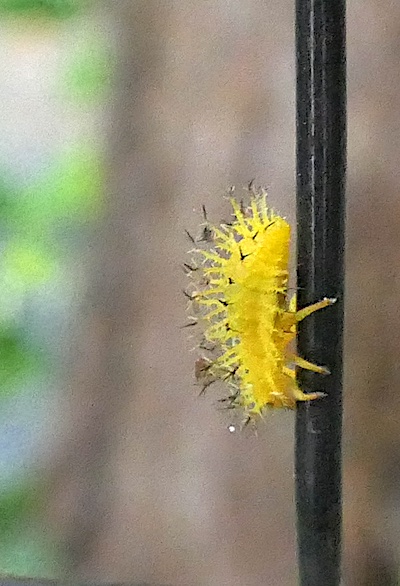
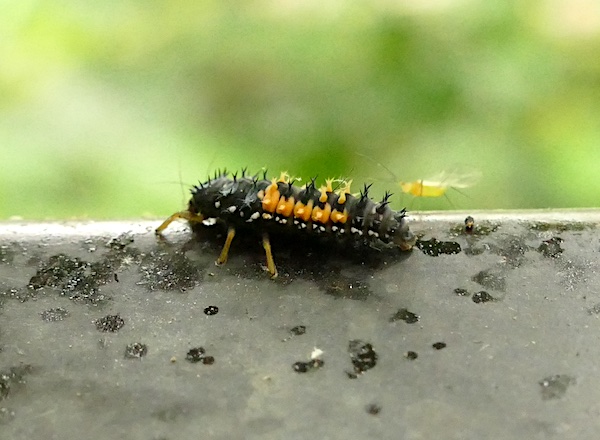
There were no plants that I could see in the vicinity which would support those kinds of plant sucking insects (aphids or phsylids), but they’re small and easily hidden among their chosen hosts.
Though the vast majority of lady beetles are predatory, there are also a couple of lady beetles in the family Coccinellidae which consume plants. Similar enough in appearance to be mistaken for a predatory lady beetle larva, I would soon find out that this larval insect was indeed a plant eater.
A short search through the herbaceous lady beetle species and I found a match, a squash beetle larva (the other one is the Mexican bean beetle). And right there in front of me was the reason it was there. A small vine was growing through and behind the wire fence the insect was traversing, Mexican sour gherkin cucumber, AKA cucumelon or mouse melon, a member of the squash family. How convenient.
The dainty little vine has tiny yellow flowers, miniature water melon-like fruit and fragile looking leaves. It attracts squash lady beetles. The fruit of the vine, when ripe, has a slightly sour taste but can be eaten alone, in a salad, or even pickled. When fully ripe the fruit resemble tiny watermelons.
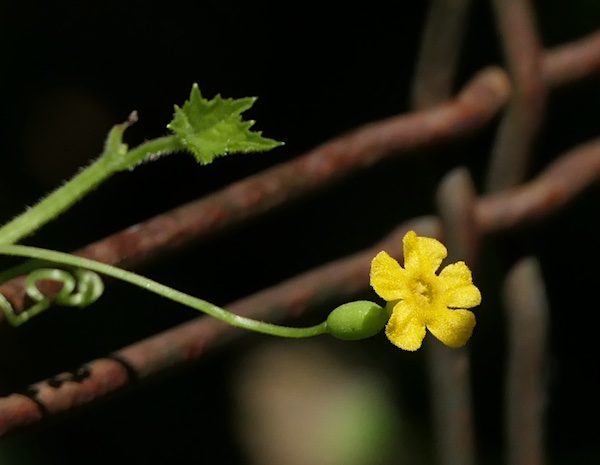
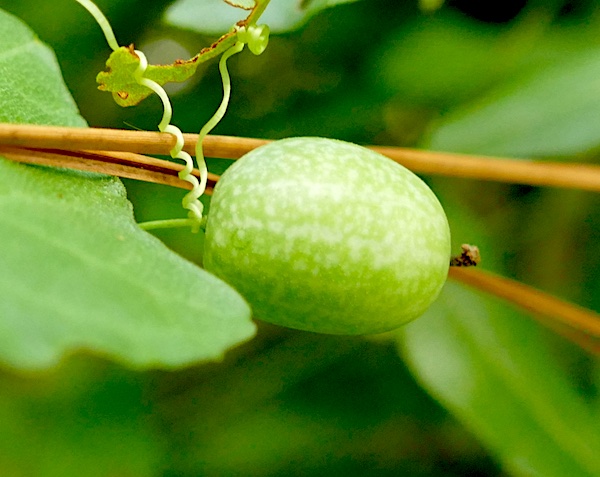
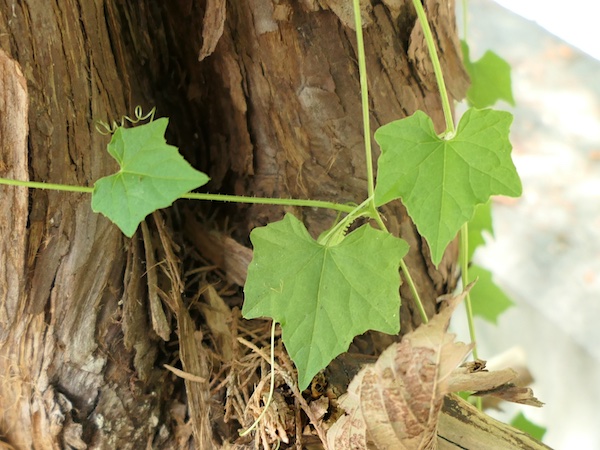
I don’t have a photo of the adult squash lady beetle but this link to BugGuide.net will illustrate what they look like.
It’s always a good day when you learn something new.
Ranger Greg